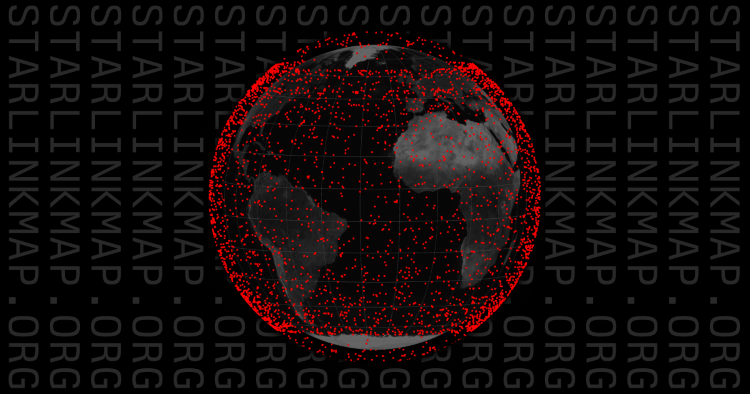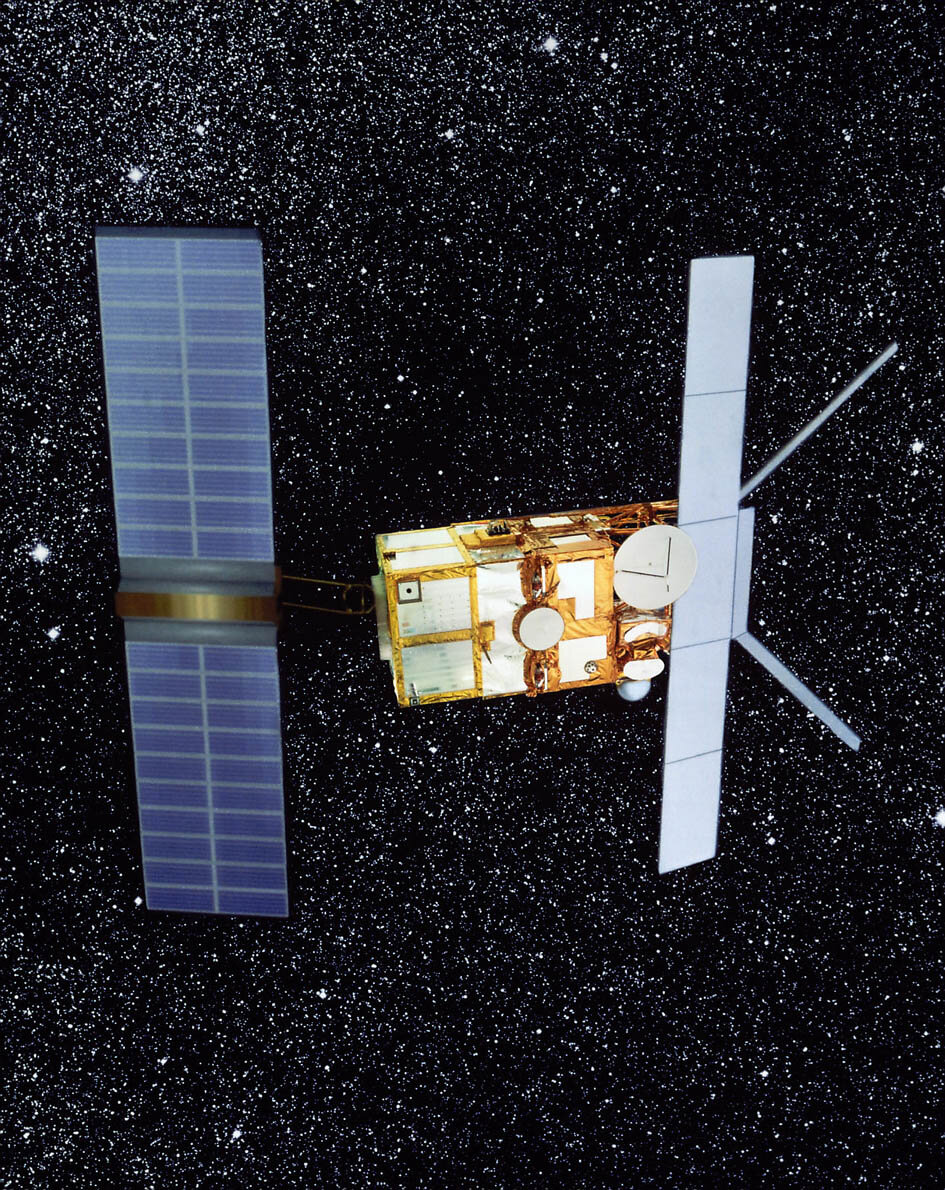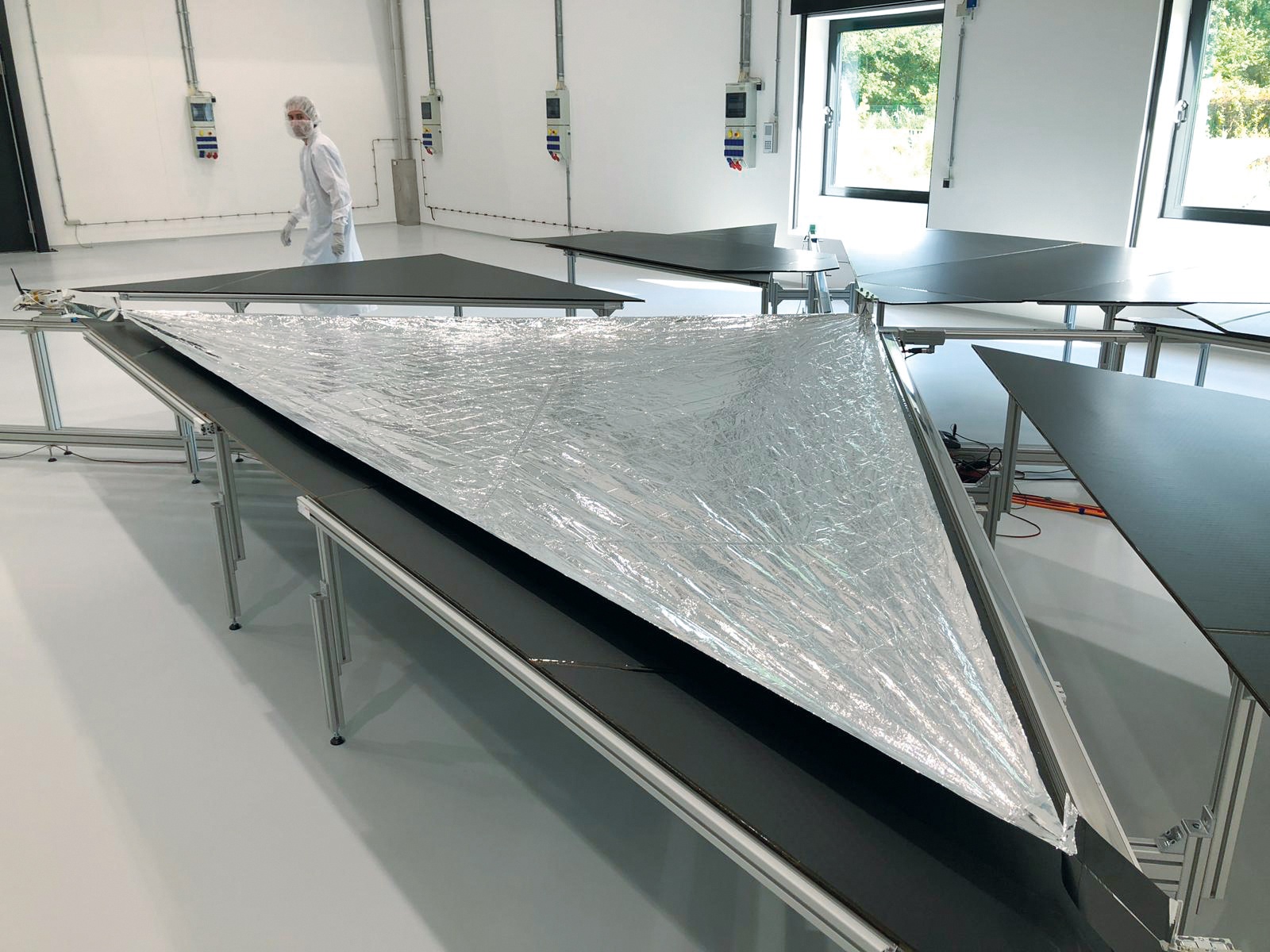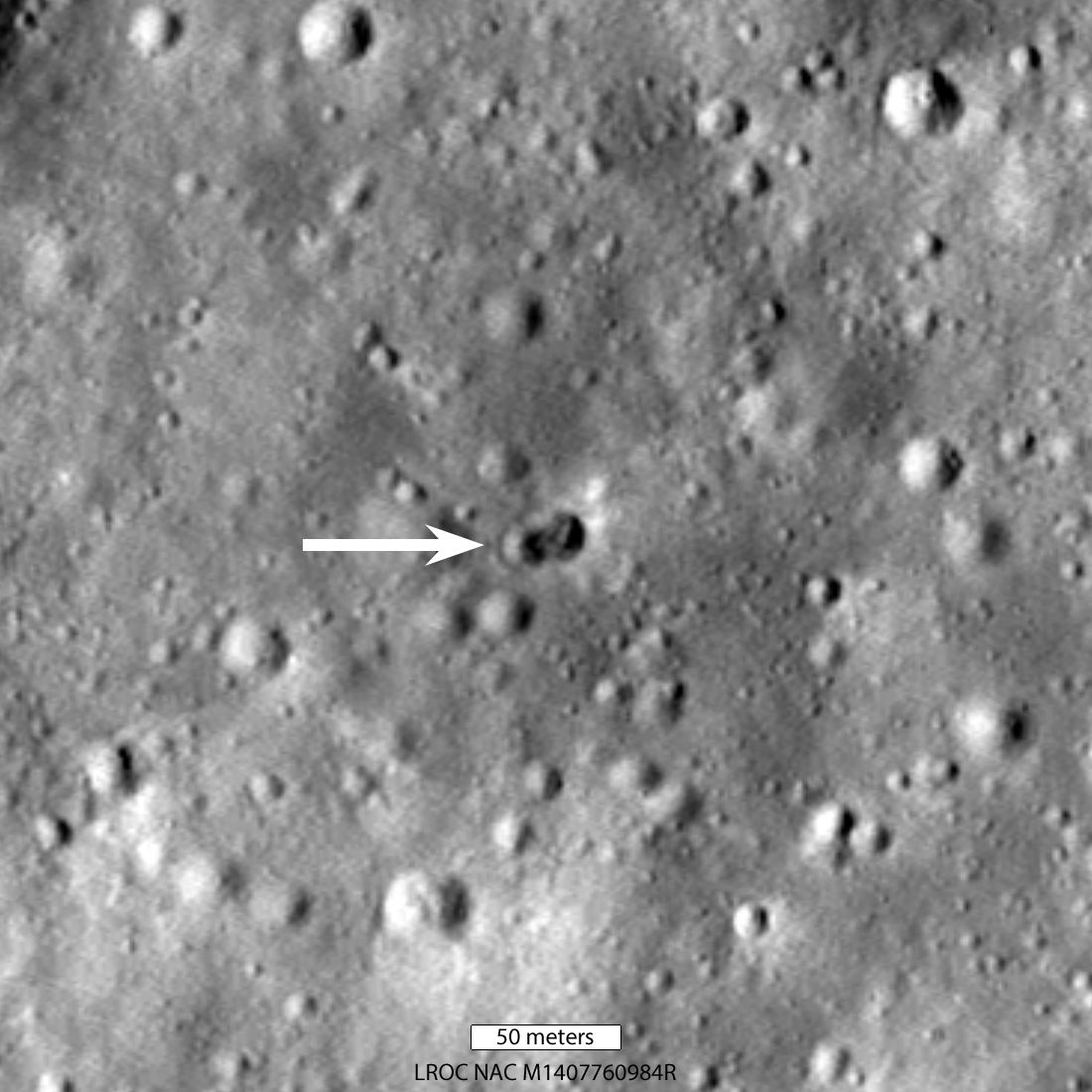In an effort to enhance the educational outreach of their Starlink constellation, there is an interactive global map of their Starlink internet satellites, which provides live coverage of every satellite in orbit around the Earth. This interactive map and information was produced by Will DePue, who is a an OpenAI programmer and openly states he is not affiliated with SpaceX or Starlink. This interactive map comes as SpaceX continues to launch Starlink satellites into orbit on a near-weekly basis with the goal of providing customers around the world with high-speed internet while specifically targeting rural regions of the globe. In 2022, Starlink officially reached all seven continents after Starlink service became available in Antarctica. Additionally, SpaceX announced in 2023 a partnership with T-Mobile for Starlink to provide mobile coverage, as well.
Continue reading “Watch a Real-Time Map of Starlinks Orbiting Earth”See the Dramatic Final Moments of the Doomed ERS-2 Satellite
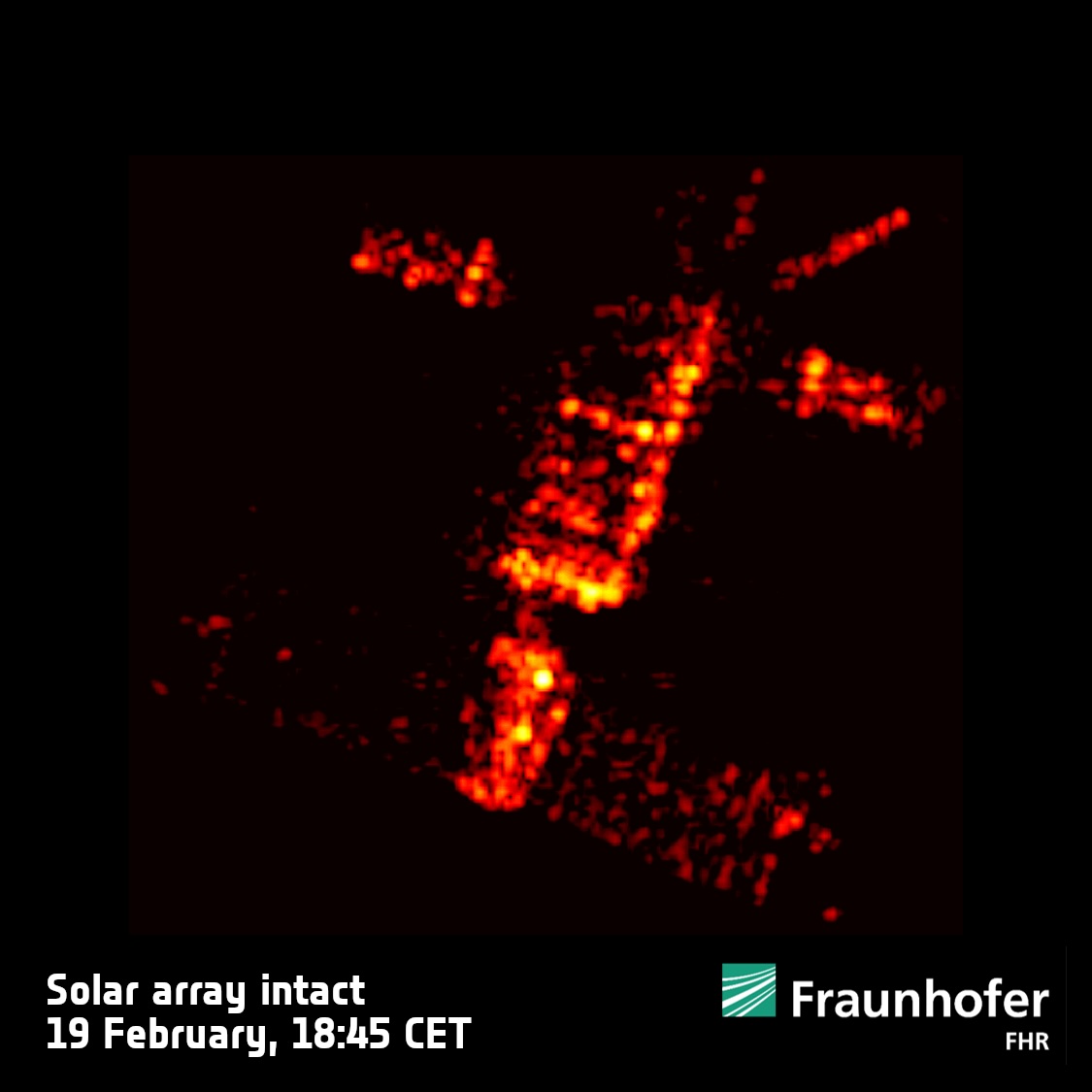
When a satellite reaches the end of its life, it has only two destinations. It can either be maneuvered into a graveyard orbit, a kind of purgatory for satellites, or it plunges to its destruction in Earth’s atmosphere. The ESA’s ERS-2 satellite took the latter option after 30 years in orbit.
Continue reading “See the Dramatic Final Moments of the Doomed ERS-2 Satellite”European Satellite ERS-2 to Reenter Earth’s Atmosphere This Week
One of the largest reentries in recent years, ESA’s ERS-2 satellite is coming down this week.
After almost three decades in orbit, an early Earth-observation satellite is finally coming down this week. The European Space Agency’s (ESA) European Remote Sensing satellite ERS-2 is set to reenter the Earth’s atmosphere on or around Wednesday, February 21st.
Continue reading “European Satellite ERS-2 to Reenter Earth’s Atmosphere This Week”Space Junk is Going to be a Problem for Vera Rubin
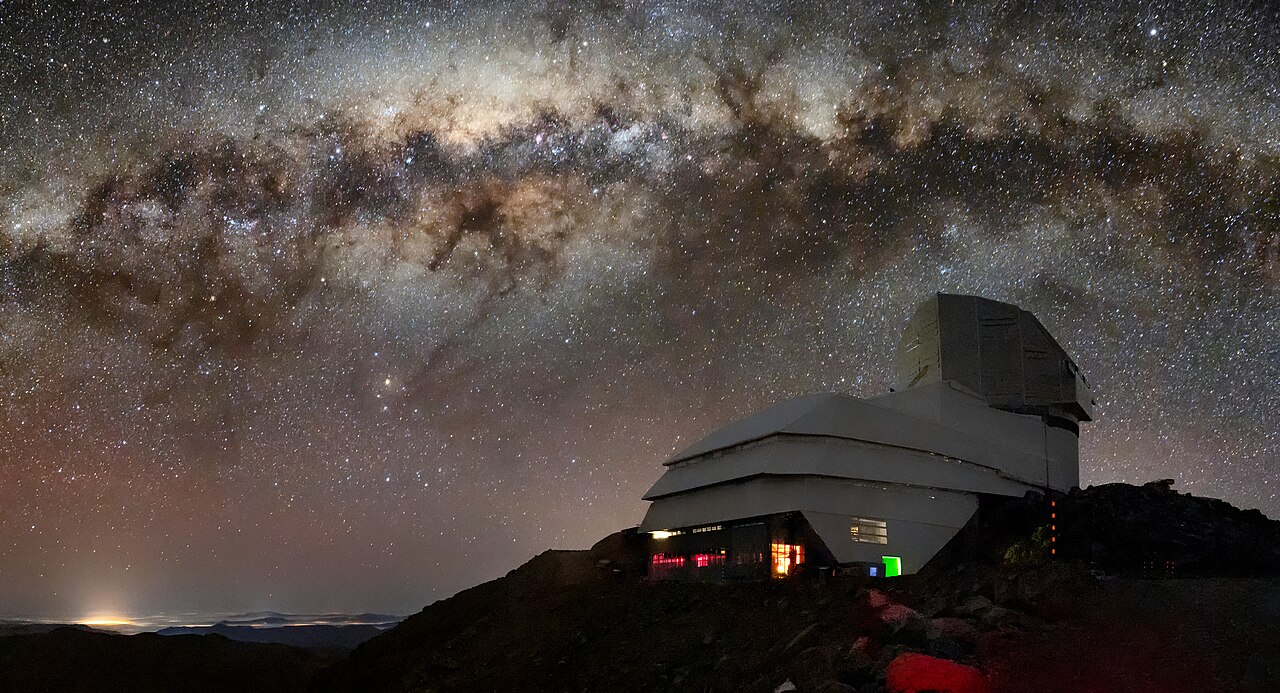
The Vera Rubin Observatory (VRO) is different than other large telescopes, and that difference makes it more vulnerable to space junk. Other telescopes, like the Giant Magellan Telescope and the European Extremely Large Telescope, focus on distant objects. But the VRO’s job is to repeatedly image the entire available night sky for ten years, spotting transients and variable objects.
All that space junk can look like transient events, impairing the VRO’s vision and polluting its results.
Continue reading “Space Junk is Going to be a Problem for Vera Rubin”99% of Space Junk is Undetectable. That Could Change Soon
Private and military organizations are tracking some of the 170 million pieces of space junk orbiting the planet, but they’re limited to how small an object they can detect. Only chunks larger than a softball can be tracked with radar or optical systems, and that only accounts for less than 1% of the junk out there.
But a new technique is being developed to resolve space junk to pieces smaller than one millimeter in diameter.
Continue reading “99% of Space Junk is Undetectable. That Could Change Soon”Spaceflight is Polluting the Atmosphere with Metal
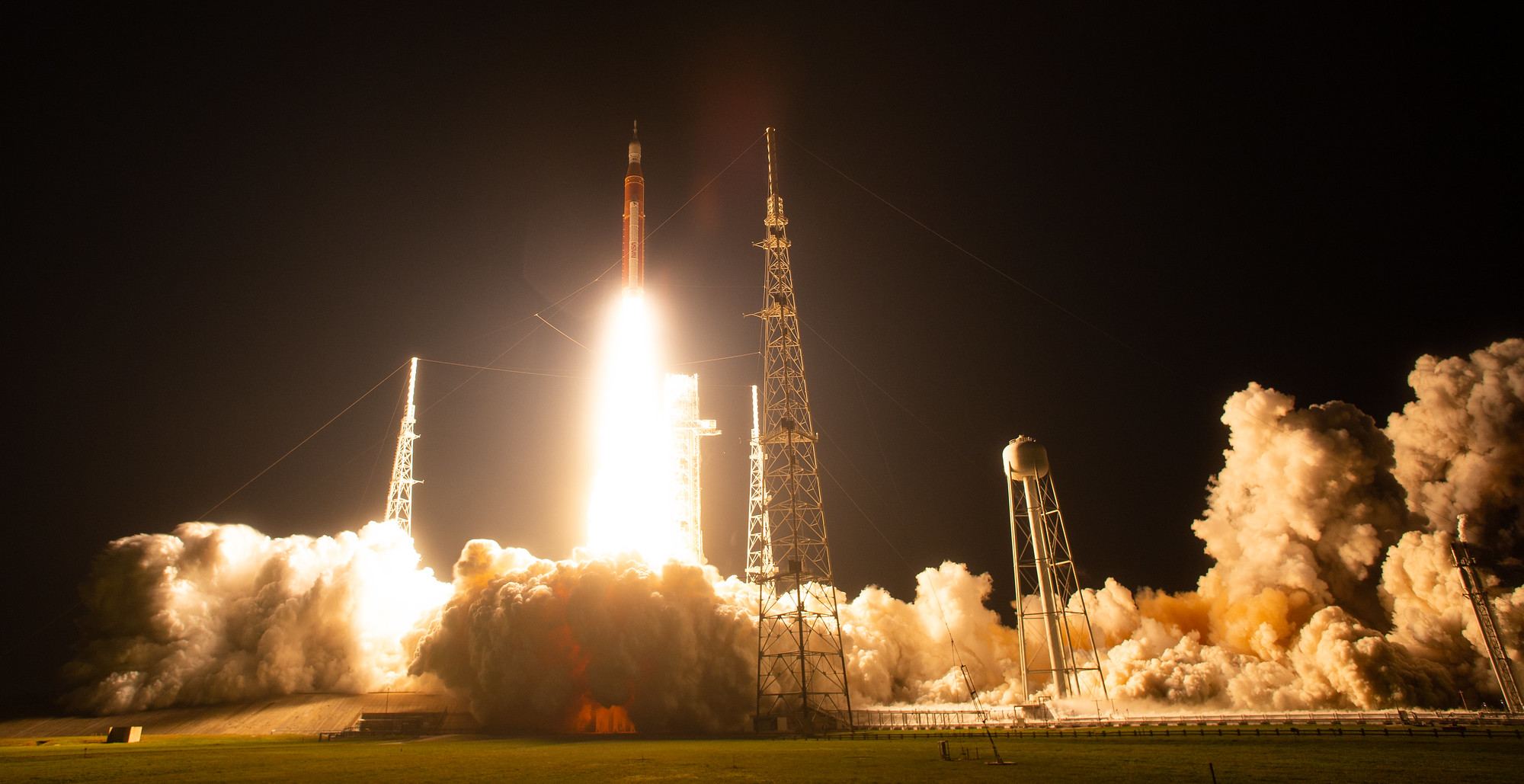
Humans can’t seem to interact with the environment at all without fouling it in some way. From plastic bags in the ocean’s deepest regions to soot on Himalayan glaciers, our waste is finding its way into Earth’s most difficult-to-reach places.
Now, we can add metals in the stratosphere to this ignominious list.
Continue reading “Spaceflight is Polluting the Atmosphere with Metal”A Russian Satellite Has Broken Into Pieces, Littering Debris in Space
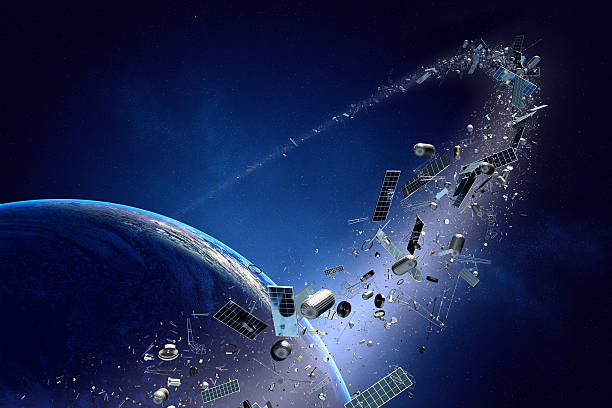
A Russian KOSMOS 2499 satellite broke up last month — for a second time — according to the Space Force’s 18th Space Defense Squadron. In a recent tweet, the Space Force said they are currently tracking 85 individual pieces of debris at an altitude of 1,169 km (726 miles). The breakup occurred on January 4, 2023, but the reason for the disintegration remains unknown.
At this high altitude, it will take decades for the debris to deorbit and burn up in the Earth’s atmosphere, and presence of this debris in an increasingly busy region in Earth orbit.
Continue reading “A Russian Satellite Has Broken Into Pieces, Littering Debris in Space”Drag Sail Success! This Satellite Won't Turn Into Space Junk
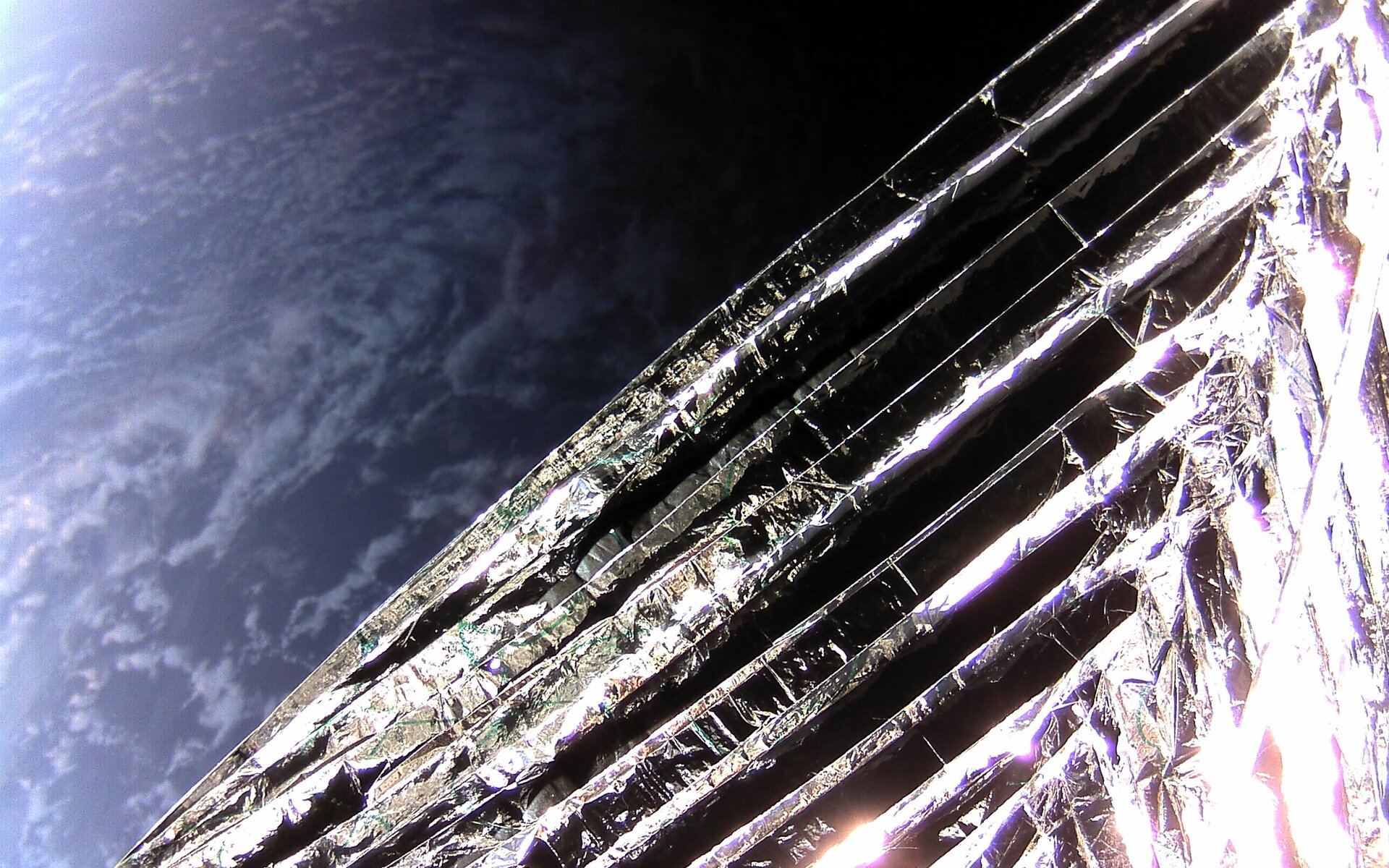
The European Space Agency successfully tested a solar-sail-type device to speed up the deorbit time for a used cubesat carrier in Earth orbit. The so-called breaking sail, the Drag Augmentation Deorbiting System (ADEO) was deployed from an ION satellite carrier in late December 2022. Engineers estimate the sail will reduce the time it takes for the carrier to reenter Earth’s atmosphere from 4-5 years to approximately 15 months.
The sail is one of many ideas and efforts to reduce space junk in Earth orbit.
“We want to establish a zero debris policy, which means if you bring a spacecraft into orbit you have to remove it,” said Josef Aschbacher, ESA Director General.
Continue reading “Drag Sail Success! This Satellite Won't Turn Into Space Junk”China uses drag sail to clear up space junk successfully.
Scientists at the Shanghai Academy of Spaceflight Technology (SAST) have devised an ingenious way to combat the growing problem of space debris. The team fitted a drag sail to a Long March 2 rocket and successfully launched it in July this year. Rocket launches often leave discarded booster stages in low-earth orbit, adding to the pollution of near-earth space. The pilot testing for the sail came as a surprise to many space agencies when, a day after the rocket’s launch, the 25 square meters deorbiting sail was unfolded.
Remember That Rocket That was Going to Crash Into the Moon? Scientists Think They've Found the Crater
The Lunar Reconnaissance Orbiter (LRO) – NASA’s eye-in-the-sky in orbit around the Moon – has found the crash site of the mystery rocket booster that slammed into the far side of the Moon back on March 4th, 2022. The LRO images, taken May 25th, revealed not just a single crater, but a double crater formed by the rocket’s impact, posing a new mystery for astronomers to unravel.
Continue reading “Remember That Rocket That was Going to Crash Into the Moon? Scientists Think They've Found the Crater”
